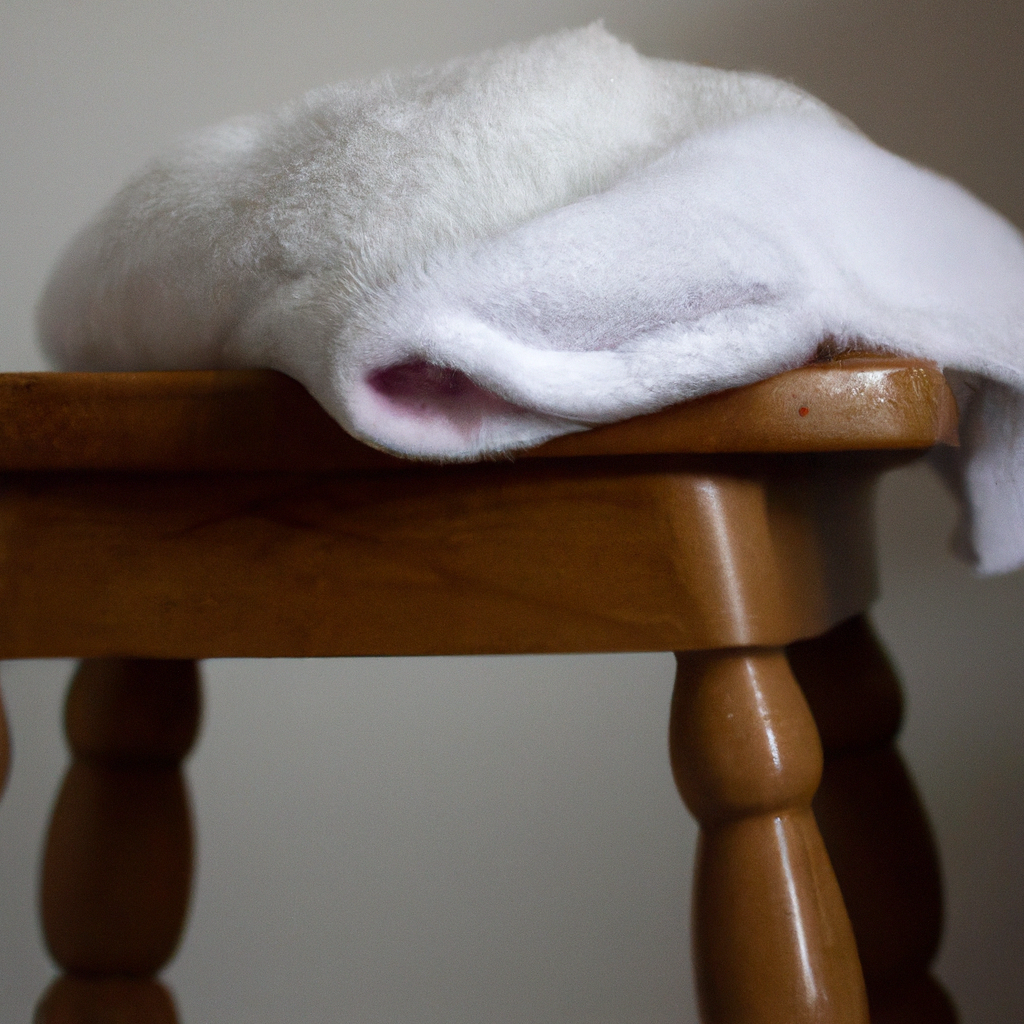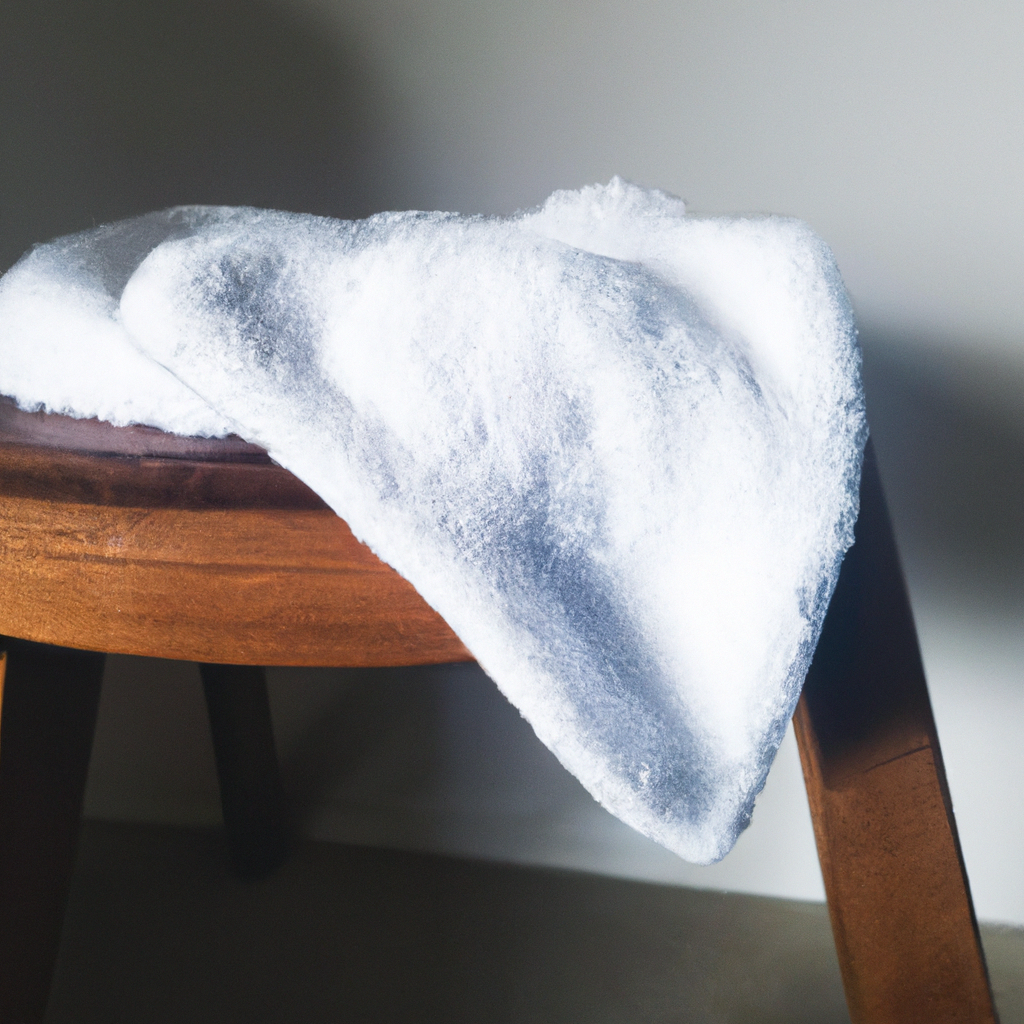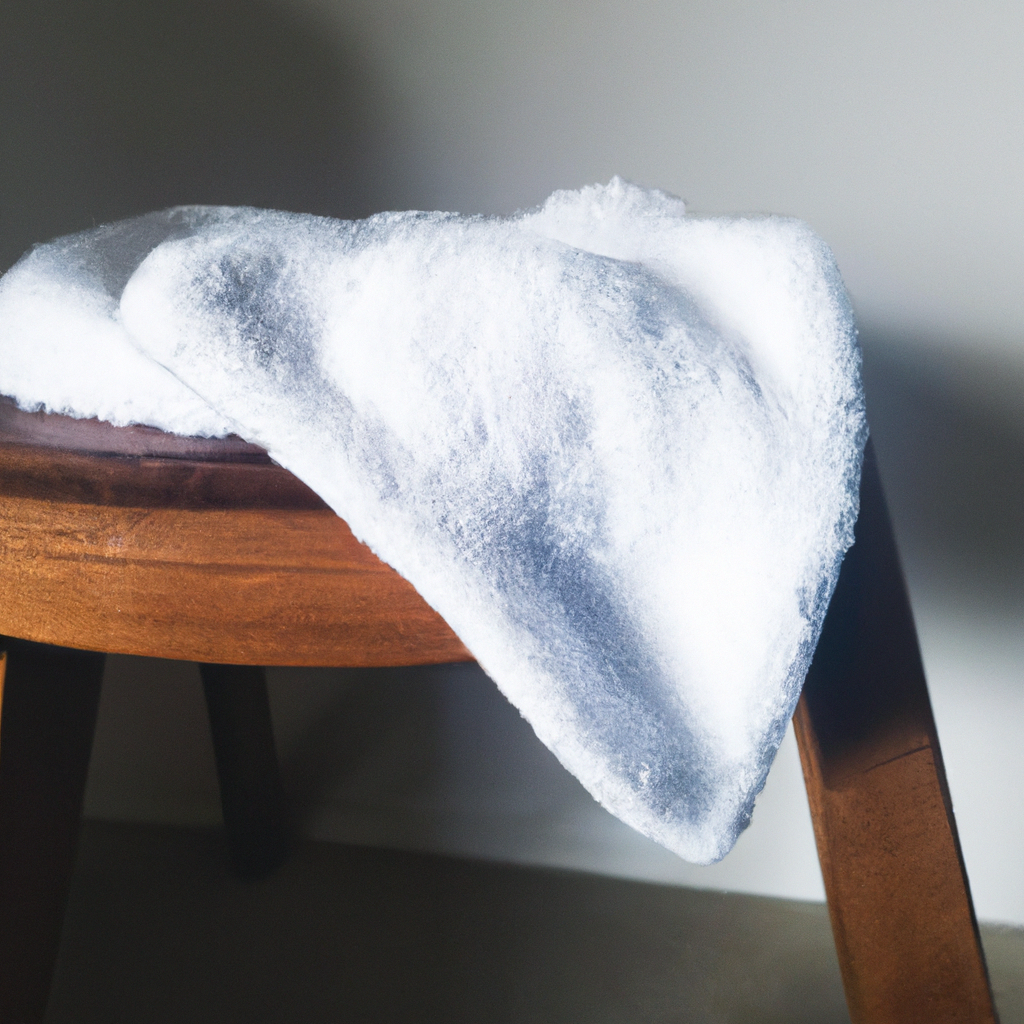Have you ever wondered if cats really need baths? Many people assume that cats are naturally self-grooming creatures and therefore do not require regular bathing. However, it’s important to consider certain factors such as a cat’s lifestyle, health, and breed in determining whether they truly need a bath. In this article, we will explore the reasons why cats may or may not need baths, providing you with the necessary information to make the best decision for your feline friend.


The Importance of Bathing for Cats
Cats‘ Self-Grooming Abilities
Cats are known for their fastidious grooming habits. They spend a significant amount of time each day licking their fur to keep it clean and well-maintained. Their tongues have tiny, backward-facing barbs that act as a natural comb, removing dirt, debris, and loose hair. This self-grooming behavior helps to distribute the natural oils in their fur, keeping it moisturized and looking shiny.
Benefits of Regular Baths
While cats are proficient at self-grooming, there are several benefits to incorporating regular baths into their grooming routine. Bathing can help remove excess oils and dander that may accumulate on their fur, reducing the risk of allergies for both cats and their human companions. Regular baths also play a vital role in preventing matting and shedding, particularly in long-haired breeds.
The Role of Baths in Preventing Fleas and Ticks
Another essential reason to bathe your cat regularly is to prevent and control fleas and ticks. Fleas can be a significant nuisance for felines and can cause itching, scratching, and even transmit diseases. Ticks, on the other hand, can transmit serious illnesses such as Lyme disease. Regular bathing, with appropriate flea and tick products, can help eliminate these parasites and reduce the chances of infestation.
When and How Often to Bathe a Cat
Frequency of Baths
The frequency of bathing for cats depends on several factors, including their activity level, coat type, and overall health. Generally, most cats benefit from a bath every two to four months. However, certain circumstances may warrant more frequent bathing, such as if your cat has a skin condition or has gotten into something particularly dirty or smelly.
Factors to Consider
When determining how often to bathe your cat, it’s crucial to consider their individual needs and preferences. Some cats may have allergies or sensitive skin that requires more frequent baths, while others may have no issues with infrequent bathing. Additionally, it’s important to assess your cat’s behavior and determine if they are prone to getting dirty or have a habit of getting into messy situations.
Choosing the Right Products
When it comes to bathing your cat, selecting the right products is essential for their well-being. Use only cat-specific shampoos that are designed to be gentle on their sensitive skin. Avoid using human shampoos or harsh soaps, as they can strip the natural oils from your cat’s fur and cause dryness and irritation. If your cat has specific skin concerns, consult your veterinarian for recommendations on suitable products.
Understanding Cats’ Reactions to Baths
Natural Dislike of Water
Most cats have an inherent dislike of water, which can make bath time a challenging experience for both the cat and the owner. This dislike is often attributed to their evolutionary instinct as desert-dwelling creatures who try to avoid water whenever possible. However, with proper techniques and patience, many cats can learn to tolerate and even enjoy bath time.
Fear and Anxiety
For some cats, the aversion to water goes beyond a mere dislike. They may experience fear and anxiety during bath time, which can manifest as aggressive behavior, hiding, or excessive vocalization. It is important to understand and empathize with your cat’s emotions during this time and take appropriate steps to minimize stress and create a positive bathing experience.
Tips for Reducing Stress during Baths
To help reduce your cat’s stress and anxiety during baths, it is crucial to create a calm and safe environment. Start by choosing a quiet room with minimal distractions. Place a rubber mat or towel at the bottom of the sink or tub to provide your cat with a secure footing. Consider using calming techniques such as soft music or pheromone sprays designed specifically for cats. Gradual desensitization by introducing your cat to water in a controlled manner can also help them become more comfortable over time.
Preparation and Safety Measures
Gathering Necessary Supplies
Before bathing your cat, it is essential to gather all the necessary supplies to ensure a smooth and efficient process. Have a suitable cat shampoo, a non-slip mat, several soft towels, a detachable showerhead or pitcher for rinsing, and a cat-friendly brush or comb readily available. Additionally, ensure that you have trimmer or cotton balls to protect your cat’s ears, and a gentle eye rinse solution to prevent any shampoo from getting into their eyes.
Creating a Calm Environment
Cats are sensitive to their surroundings, so creating a calm and relaxing atmosphere is crucial for successful bathing. Close doors and windows to minimize noise and distractions. Adjust the water temperature to lukewarm, as cats are sensitive to extremes. Use a low-water level to avoid overwhelming your cat. It can also be helpful to play soft, soothing music or provide a familiar blanket or towel for comfort.
Protecting the Cat’s Ears and Eyes
The ears and eyes are particularly vulnerable during bathing and require special attention. Place a small amount of cotton balls in your cat’s ears to prevent water from entering. Be mindful not to push them too far into the ear canal, as this can cause discomfort or damage. To protect your cat’s eyes, use a gentle, cat-safe eye rinse solution to flush any shampoo residue that might accidentally come in contact with the eyes.


Step-by-Step Guide to Bathing a Cat
Preparing the Water and Shampoo
Start by filling the sink or tub with lukewarm water to a level that is comfortable for your cat. Fill a bucket or pitcher with clean water for rinsing. Wet your cat’s fur thoroughly, avoiding the head area. Gently apply the cat-specific shampoo, working it into a lather, and focusing on areas that are particularly dirty or greasy. Be cautious not to get shampoo in your cat’s eyes, nose, or ears.
Introducing the Cat to Water
Gently lower your cat into the water, supporting their body with one hand, while keeping their head and face dry. Use a soft washcloth or your hands to wet and rinse their body, taking care to avoid excessive splashing or rough movements that could cause distress. Offer gentle praise and reassurance throughout the process to help keep your cat calm and relaxed.
Applying and Rinsing the Shampoo
Once your cat’s body has been thoroughly wet and lathered, begin the rinsing process. Use the detachable showerhead or pitcher to gently pour lukewarm water over your cat, starting from the neck and working your way down, ensuring that all the shampoo is rinsed out. Take your time and be patient, as complete rinsing is essential to prevent any skin irritation. Once your cat is fully rinsed, carefully lift them out of the water and onto a towel, gently squeezing excess water from their fur.
Dealing with Specific Situations
Bathing Long-Haired Cats
Bathing Long-Haired Cats can be more challenging due to their dense and easily matted fur. Prior to bathing, it is advisable to thoroughly brush your cat’s fur to remove any tangles or mats. Some long-haired cats may require a pre-bath trimming or a specialized grooming approach to minimize tangling during the bathing process. Take extra care during rinsing to ensure all the shampoo is completely washed out, as residue can lead to matting.
Bathing Older or Sick Cats
Bathing older or sick cats requires additional caution and consideration. Their mobility may be limited, and they may be more prone to stress or discomfort. If your cat has a medical condition, consult with your veterinarian prior to bathing to ensure it is safe and appropriate. Older or sick cats may benefit from using warm water, a non-slip surface, and a shorter bath duration to minimize stress and strain on their body.
Bathing Feral or Stray Cats
Bathing Feral or Stray Cats can be extremely challenging and should only be attempted if absolutely necessary. These cats are typically not accustomed to human contact and may become aggressive or terrified during the bathing process. If it is essential to bathe a feral or stray cat, make sure to take appropriate safety precautions, such as wearing protective gloves and clothing, and consider seeking professional assistance to ensure the utmost safety and welfare of both you and the cat.
Alternatives to Traditional Baths
Waterless Shampoos and Wipes
If your cat strongly resists baths, or if it is not feasible or recommended for their specific circumstances, there are alternatives available. Waterless shampoos and wipes designed for cats can be an effective way to freshen up your feline friend without the need for a full bath. These products are formulated to clean and deodorize the coat, providing a convenient option for situations where bathing is not practical.
Brushing and Grooming Techniques
Regular brushing and grooming are essential for maintaining a healthy and clean cat, even if baths are not regularly included in their grooming routine. Brushing helps to remove loose hair, prevent matting, and distribute natural oils throughout the coat. Depending on your cat’s breed and coat type, you may need to invest in specialized grooming tools or seek professional advice to ensure you are using the correct techniques for optimal results.
Professional Grooming Services
If bathing your cat at home proves to be too challenging or you simply prefer to leave it to the professionals, consider taking your cat to a reputable grooming salon. Professional groomers have the experience and expertise to handle cats of all temperaments and can provide a stress-free and efficient bathing experience. They also have access to specialized equipment and products that can ensure your cat’s coat is clean, healthy, and well-maintained.
Keeping Cats Clean without Baths
Offering Cat-Friendly Cleaning Options
Some cats simply do not tolerate baths, regardless of their owner’s efforts. In such cases, it is important to provide alternative cleaning options. Many pet supply stores offer waterless dry shampoos and wipes that can be used to clean your cat’s fur without the need for water. These products are formulated specifically for cats and can help remove dirt, oil, and odor from their coat.
Regularly Cleaning the Living Space
Keeping your cat’s living space clean is equally important for their overall hygiene. Regularly vacuuming carpets and upholstery can help remove allergens and dirt that may accumulate and affect your cat’s well-being. Additionally, washing their bedding and toys at regular intervals can help prevent the buildup of dirt and bacteria.
Providing Opportunities for Self-Grooming
Cats are naturally self-grooming animals, and providing them with appropriate outlets for this behavior can help keep them clean and reduce the need for frequent baths. Place cat-friendly grooming tools, such as scratching posts or bristle boards, in strategic locations throughout your home. These surfaces mimic the texture of a cat’s tongue and can help remove loose hair and debris as they naturally groom themselves.
Potential Risks and Considerations
Skin Irritation and Allergic Reactions
Although baths are generally safe for most cats, there is a risk of skin irritation or allergic reactions, particularly if the wrong products are used. Always use cat-specific shampoos and detergents formulated for their sensitive skin. If you notice signs of redness, itchiness, or excessive grooming after a bath, consult your veterinarian for advice on soothing remedies or potential allergies.
Overcoming Water-Related Fear and Anxiety
Overcoming water-related fear and anxiety in cats can be a gradual process that requires patience and positive reinforcement. Introducing them to water in a calm and controlled manner, rewarding them with treats and praise, and slowly increasing their exposure can help desensitize them to the experience. It is essential to approach this process with empathy and respect for your cat’s emotions, as forcing them into a bath can worsen their anxiety.
Seeking Veterinary Advice
If you have any concerns or questions about bathing your cat, it is always advisable to seek professional veterinary advice. Your veterinarian can provide personalized guidance based on your cat’s specific needs, health conditions, and temperament. They can also recommend appropriate grooming products and techniques that are safe and effective.
Conclusion
Balancing the Needs of Cats and Owners
Bathing cats may not be their favorite activity, but it is an essential part of their grooming routine that offers numerous health benefits. By providing regular baths, we can help maintain the cleanliness and overall well-being of our feline companions while preventing various skin issues and parasites.
Individual Variations in Bathing Preferences
It is important to recognize that each cat may have different preferences and reactions when it comes to baths. Some cats may tolerate baths more easily than others, while some may require additional time and patience to become comfortable with the process. Understanding and respecting these individual variations can help create a positive and stress-free bathing experience for both cats and their owners.
Maintaining a Healthy and Clean Cat

